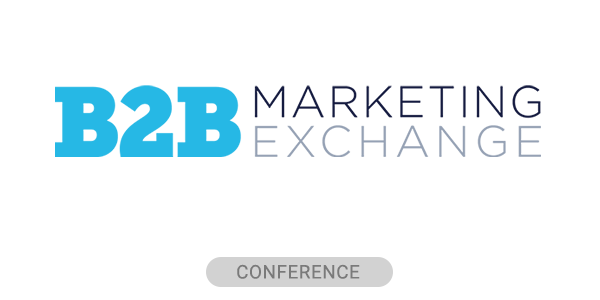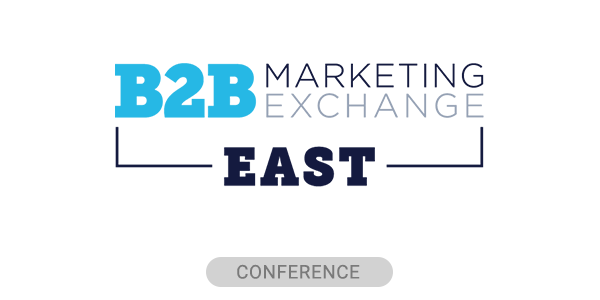On the surface, it seems like video streaming platforms like Netflix have a churn problem: A recent report found that 50% of users have signed up, canceled and then resubscribed to the same streaming provider.
At first glance, this looks disastrous — 50% attrition rates would keep any SaaS provider up at night. It’s easy to assume that the exodus is due to users not finding value in the product, but the reality is more complex.
These figures aren’t necessarily as negative as they seem — and may even signal that these platforms are doing something right. However, I believe Netflix and its peers could still do more to respond to customers’ needs.
Churn Is About Pricing As Much As Product
What streaming platforms are facing isn’t churn in the strictest sense, since churn typically signals a loss of customers that never return. But the fact that 50% of users are canceling then later resubscribing suggests that many are leaving for personal (and often temporary) reasons, such as changes in their financial situation or simply not having enough time to watch TV.
For these users, there’s no “value-add” that would keep them subscribed since their decision to cancel is based on external circumstances.
In these cases, Netflix gives you the option to pause for up to 3 months, and if you fully cancel, your account and viewing details are stored for 10 months in case you want to pick up where you left off. Netflix can afford to be reactive and still succeed – but B2B SaaS companies need to be much more proactive when it comes to addressing churn. For B2B customers, switching providers is a much more laborious process due to length of onboarding and contract terms.
So, if prospects leave, it’s often because their needs weren’t met in a more fundamental way – and they may not come back. Offering the ability to downgrade, pause or adjust plans as a retention strategy needs to be even more central to B2B providers.
The Future Is More Optionality, Not Less
For streaming services, a lack of perceived value can be a big problem, since that’s what prevents users from renewing or returning after a pause.
A Deloitte report from November 2023 predicted that the top U.S. video providers would more than double the number of subscription tiers offered in 2024. Instead, Netflix scaled back its number of plans, now offering just three in the U.S. This contradicts what customers are clearly signaling: They want to pay for what they use, and no more. Users who only watch a film on Netflix twice a month don’t want to pay the same price as someone who binges shows daily.
Give B2B Customers Control Over Offerings
Customers want control over their payment plans and what they have to pay for. Not every customer wants or needs your full suite of offerings. Providing flexible tiers, hybrid packages or even à la carte pricing brings customers in and keeps them loyal. Importantly, it can also help convert freemium users into paying customers — even if they’re only using a small portion of your platform.
Beware Of Bundles Without Flexibility
In response to rising cancellation rates, many streaming platforms are bundling services, even partnering with competitors in a bid to prevent churn. The rationale there is that people are less likely to cancel a bundle of multiple services compared to one.
While bundling can create short-term revenue stability, indiscriminate bundling risks alienating users if they feel like they’re being forced to pay for features they don’t want – and could even lead to more churn in the long run.
Consider a standard three-tier “good, better, best” pricing model. Rather than loading up higher packages with features customers may not use, enable them to pick an increasing number of feature sets within each package.
Meet Your Customers Where They Are
Just like Netflix subscribers, B2B customers want flexibility. But unlike Netflix, agility isn’t a “nice-to-have” for SaaS companies — it’s life-or-death. B2B relationships are harder to build and easier to lose, so giving customers the ability to downgrade, pause or customize their subscriptions as their needs change is essential to preventing churn.
Ultimately, B2B SaaS providers shouldn’t be scared when customers approach needing to modify their plan or even take a break. Companies should only be scared if they can’t oblige. Remember: The goal is sustainable long-term growth. If customers know you have their back when tides turn, there’ll be more of them onboard through your business’ ebbs and flows.
Mark Walker is the CEO of end-to-end RevOps platform Nue.







